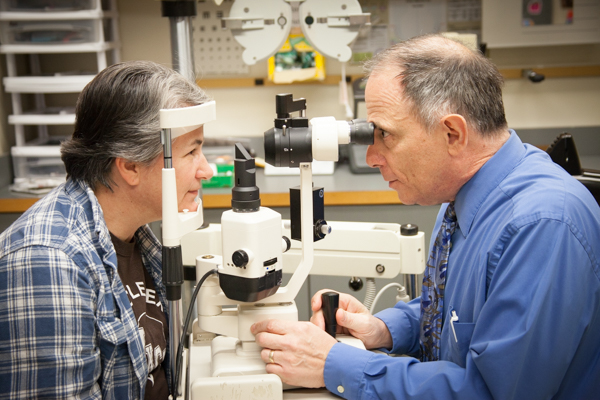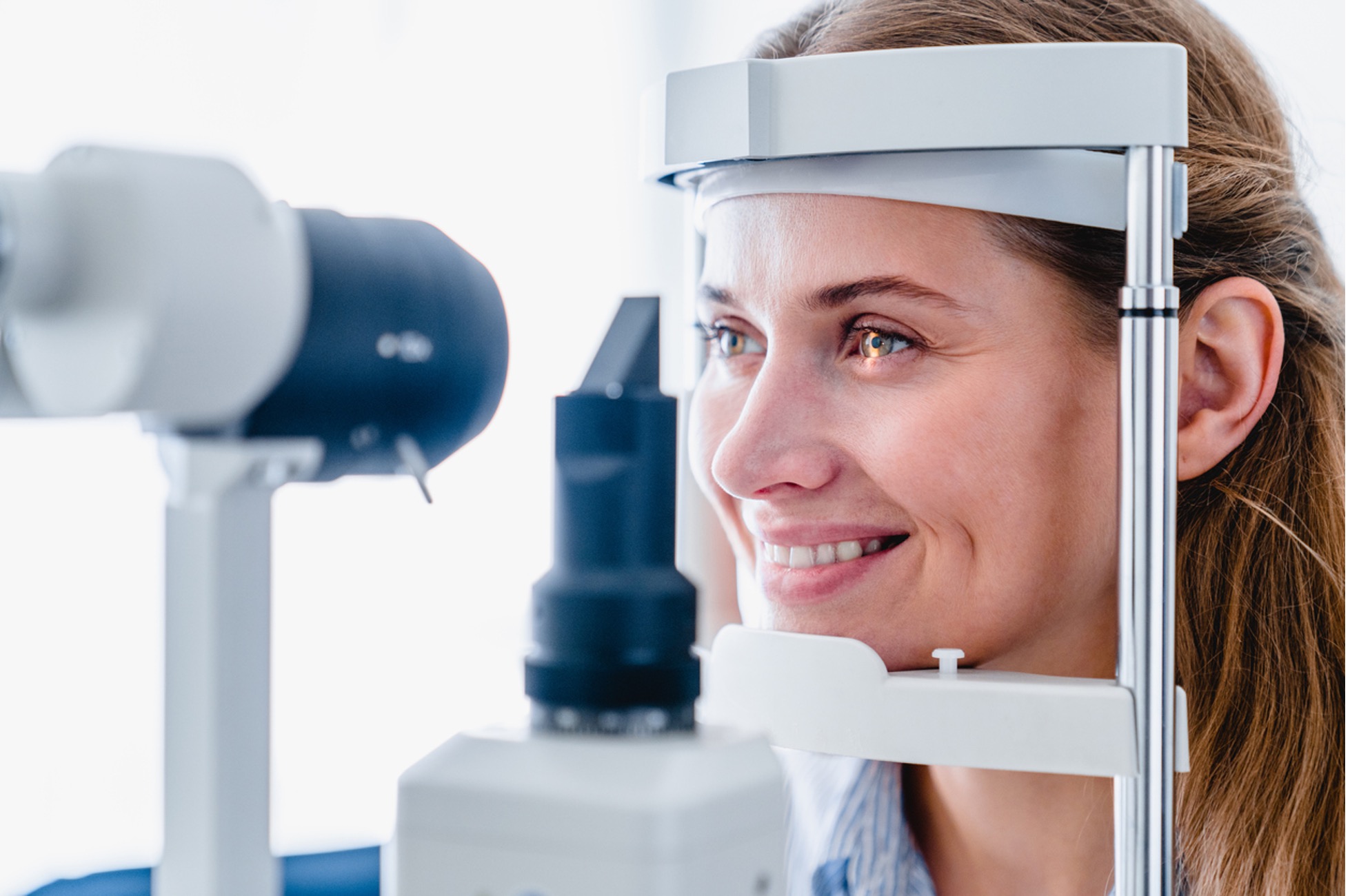Specialized Retina Service Near Me: Top-Notch Eye Care Professionals
Specialized Retina Service Near Me: Top-Notch Eye Care Professionals
Blog Article
The Duty of Advanced Diagnostic Tools in Identifying Eye Disorders
In the world of ophthalmology, the use of sophisticated diagnostic devices has actually transformed the early identification and monitoring of different eye disorders. As the need for exact and timely diagnoses proceeds to grow, the assimilation of sophisticated tools like optical coherence tomography and aesthetic field screening has become indispensable in the world of eye care.
Relevance of Early Medical Diagnosis
Early medical diagnosis plays a critical function in the effective management and treatment of eye problems. By identifying eye disorders at a very early phase, medical care suppliers can use ideal treatment plans customized to the certain condition, eventually leading to far better end results for people.

Innovation for Detecting Glaucoma
Advanced diagnostic modern technologies play a critical duty in the early discovery and surveillance of glaucoma, a leading root cause of irreversible loss of sight worldwide. One such modern technology is optical coherence tomography (OCT), which provides thorough cross-sectional photos of the retina, permitting the measurement of retinal nerve fiber layer density. This dimension is crucial in examining damage created by glaucoma. One more advanced device is visual area testing, which maps the level of sensitivity of a person's aesthetic field, aiding to discover any locations of vision loss characteristic of glaucoma. In addition, tonometry is utilized to gauge intraocular pressure, a significant risk aspect for glaucoma. This test is critical as elevated intraocular stress can lead to optic nerve damages. Moreover, newer modern technologies like using fabricated intelligence formulas in analyzing imaging information are revealing promising lead to the very early detection of glaucoma. These sophisticated analysis devices enable ophthalmologists to detect glaucoma in its beginning, enabling timely intervention and much better administration of the condition to avoid vision loss.
Role of Optical Comprehensibility Tomography

OCT's capability to measure retinal nerve fiber layer density permits for accurate and unbiased measurements, aiding in the very early detection of glaucoma also before aesthetic field issues end up being apparent. OCT modern technology permits longitudinal tracking of architectural modifications over time, assisting in customized therapy strategies and timely treatments to aid preserve individuals' vision. The non-invasive nature of OCT imaging also makes it a favored selection for keeping an eye on glaucoma development, as it can be duplicated frequently without creating pain to the client. Generally, OCT plays a crucial function in improving the analysis precision and management of glaucoma, eventually adding to far better results for people at threat of vision loss.
Enhancing Medical Diagnosis With Visual Field Testing
A vital element in extensive ophthalmic examinations, visual field screening plays a crucial duty in boosting the diagnostic process for various eye problems. By examining the full extent of a client's visual area, this examination offers essential information concerning the practical integrity of the whole aesthetic pathway, from the retina to the aesthetic cortex.
Visual field screening is especially important in the medical diagnosis and administration of conditions such as glaucoma, optic nerve problems, and different neurological diseases that can influence vision. With measurable dimensions of peripheral and main vision, clinicians can spot refined modifications that might suggest the presence or development of these disorders, also before obvious symptoms occur.
In addition, visual area screening enables for the surveillance of treatment efficiency, helping eye doctors customize restorative treatments to specific clients. eyecare near me. By tracking changes in aesthetic field efficiency over time, doctor can make informed decisions regarding adjusting medications, recommending surgical treatments, or carrying out various other ideal actions to preserve or enhance a patient's visual function
Taking Care Of Macular Deterioration

Conclusion
In verdict, progressed diagnostic tools play an important duty in recognizing eye disorders early on. Technologies such as Optical Coherence Tomography and visual field testing have significantly enhanced the precision and performance of detecting problems like glaucoma and macular deterioration.
Report this page